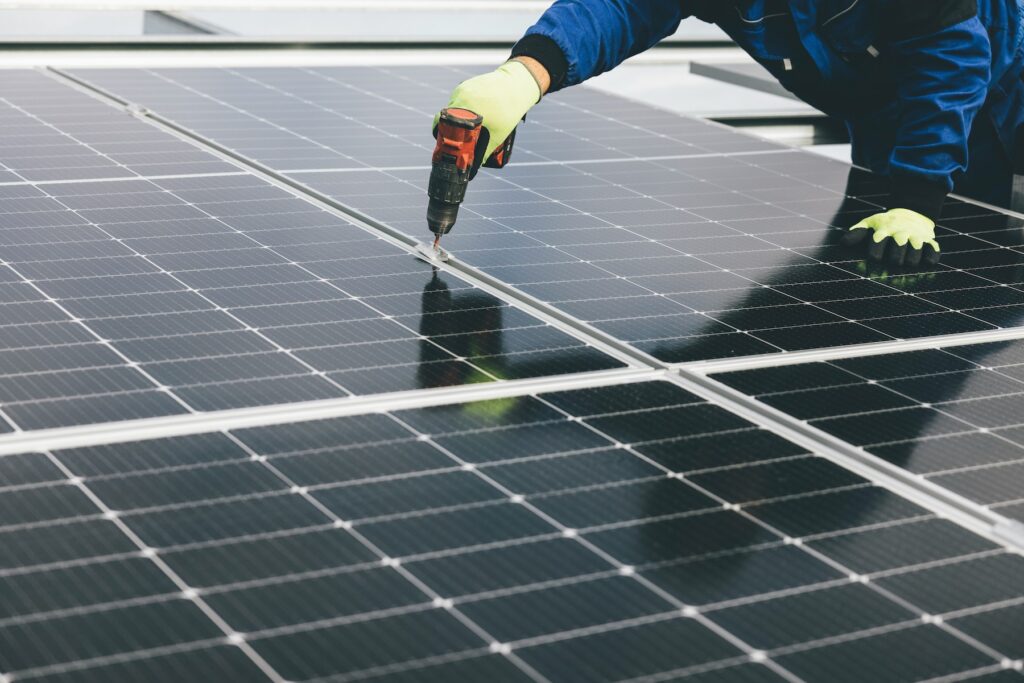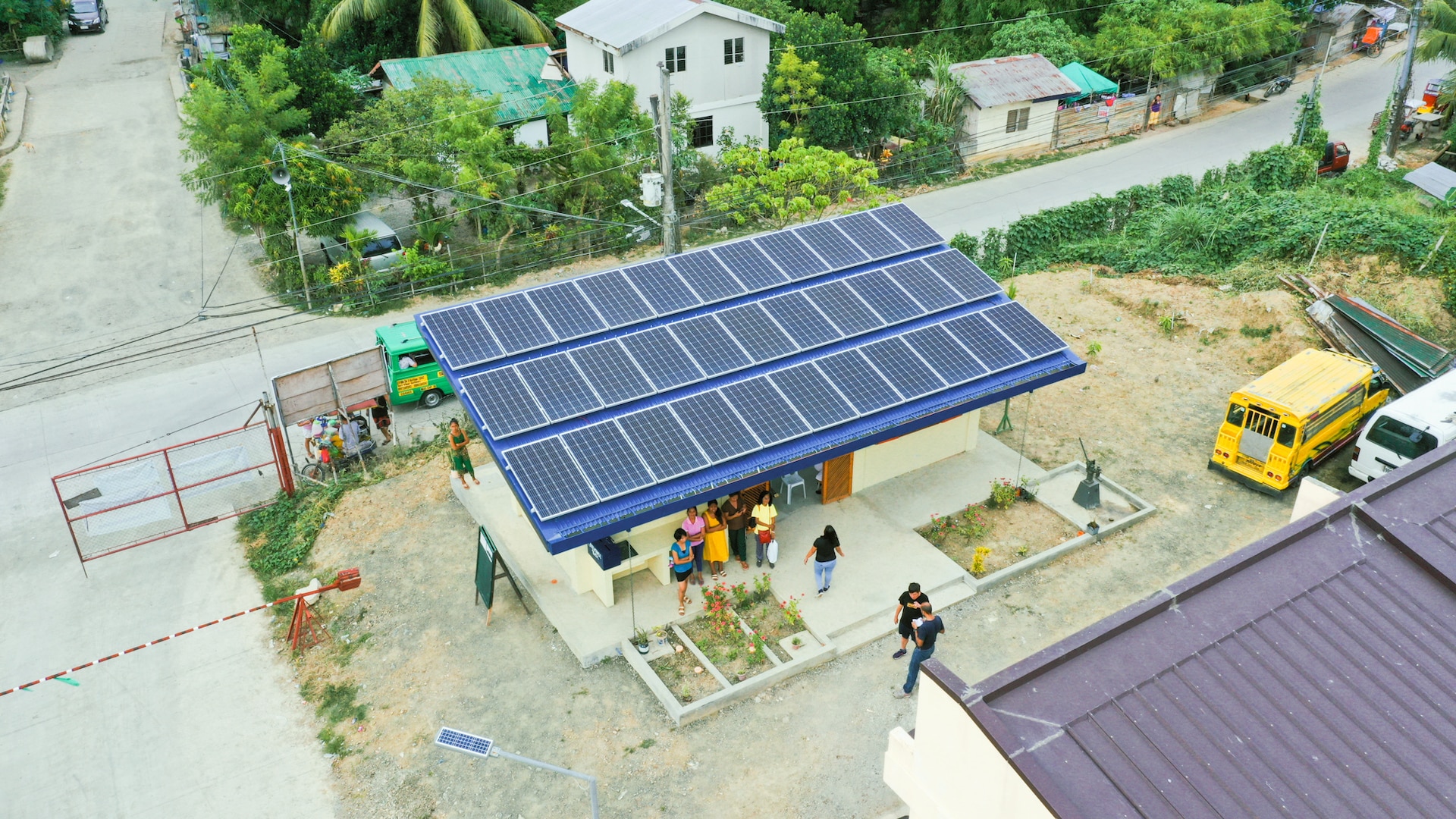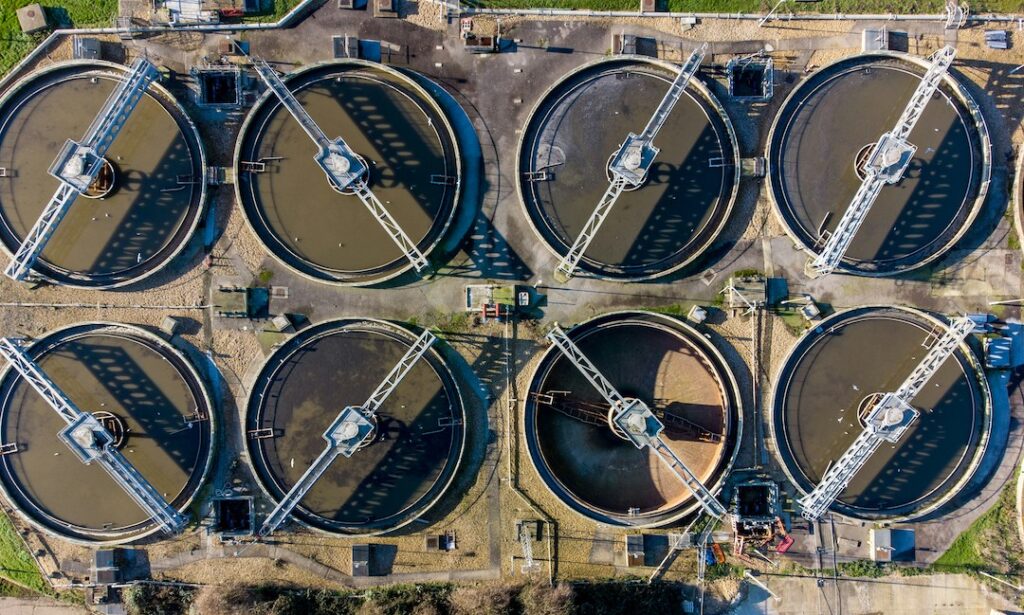
Building Safer Homes: How Net-Zero Designs Can Withstand Earthquakes
Living in the Philippines means living on the Pacific Ring of Fire, where over 100 to 200 earthquakes are recorded every year, and around 10 to 20 are strong enough to be felt by communities. In short, seismic activity isn’t rare — it’s part of daily life.
Yet despite this, many Filipino homes still rely on outdated designs and weak foundations that were never meant to withstand modern seismic standards.











